Whether you have a dog, a cat, or both – in this post you will learn about the pros and cons of canned pet food for your furry friend.
If you’ve tried feeding your pet canned food, you know how fast they can gobble it down.
But does this mean that canned pet food is the best choice?
Pros of Canned Cat Food
Cats get most of the moisture they need from food and don’t tend to drink a lot of water. This is why wet food beats kibble when it comes to cat nutrition.
Other reasons why your cat should eat canned pet food:
- Premium brands are perfectly nutritionally balanced
- High moisture content helps with urinary tract issues
- High protein content (especially important for obligate carnivores)
- Smells and tastes better than kibble and comes in a variety of flavors
- Easier to chew and digest (excellent for cats with dental problems)
- Less or no fillers and grain (helps with diabetes and obesity)
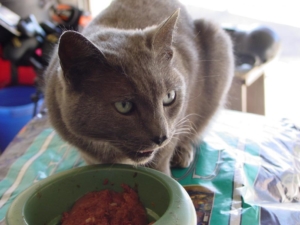
Cons of Canned Pet Food for Cats
Feeding your cat wet food instead of kibble also has a few downsides such as:
- Higher cost
- Shorter shelf life when opened
- Must be refrigerated after opening
- Doesn’t help with tartar as it doesn’t have abrasive activity
- Cats can easily get used to it and refuse to eat anything else
Pros of Canned Dog Food
The pros of canned dog food are similar to pros of canned cat food:
- Nutritionally balanced with premium brands
- High moisture content that helps with kidney problems and other urinary tract problems
- Contains more meat protein than kibble
- Highly palatable and offers a variety of flavors
- Easy to chew and break down (recommended for dogs with health problems or dental problems)
- Long shelf life (1-3 years)
- Fewer carbohydrates, no artificial colors or flavorings
- No synthetic preservatives
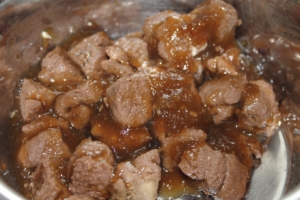
Cons of Canned Pet Food for Dogs
The issues you can encounter with canned dog food include the following:
- Higher cost (if you have a big dog or a number of dogs it will definitely impact your budget)
- Must be refrigerated after opening and used within a few days
- No abrasive qualities (you’ll have to clean your dog’s teeth more often)
- Causes more frequent urination
- Can cause loose stools
- Low-calorie content (can be good if your friend needs to lose weight; otherwise, it means that one can probably won’t help maintain a healthy weight)
- Spoils easily when left in a bowl
- Dogs can become pickier and refuse to eat other food
- Can contain thickening agents such as carrageenan (associated with digestive tract problems)
- Some cans are lined with Bisphenol-A (BPA) that are suspected to cause health problems in people
Canned Pet Food or Kibble?
When looking into pros and cons of canned pet food, people tend to compare wet food to kibble. While premium brands in both categories are perfectly nutritionally balanced and made with quality ingredients, there are other factors you should take into account.
The main advantages of kibble are the cost, convenience (won’t spoil as quickly as wet food), and its abrasive qualities that help with dental cleaning.
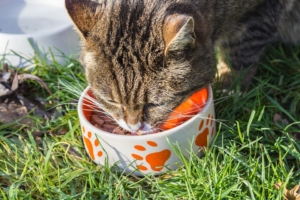
The main advantages of canned pet food include palatability, high moisture and protein content, and fewer chemicals and synthetic preservatives.
Important note: while the abrasive qualities of dry food are praised everywhere, the problem is that tartar usually builds up right next to the gums where the abrasiveness of kibble is of little help. In addition, dry food usually contains more grains and grains are harder for dogs to break down. This can, in fact, lead to more plaque buildup and future dental problems.
As for the use of BPA, the good news is that some canned pet foods are BPA-free. You can also limit the exposure by purchasing smaller cans.
The Verdict
When we look at the pros and cons of canned pet food holistically, it becomes clearer when we should use wet food instead of kibble.
Canned food is recommended for animals with health issues such as:
- dental problems
- bloating
- kidney problems
- urinary tract problems
- diabetes
- obesity
- cancer
- animals recovering from surgery or illness

However, vets don’t usually recommend feeding your pet only canned food. When your furry friends get used to the best, your life can become a lot more complicated if you try to feed them anything else instead.
Of course, there’s always the option of using dry food on a regular basis and offering canned food as an occasional treat. Another option is ’’seasoning’’ kibble with wet food. In the end, if you have the extra time and aren’t particularly fond of commercial pet food, you can prepare home-cooked meals that your four-legged companions will surely appreciate.
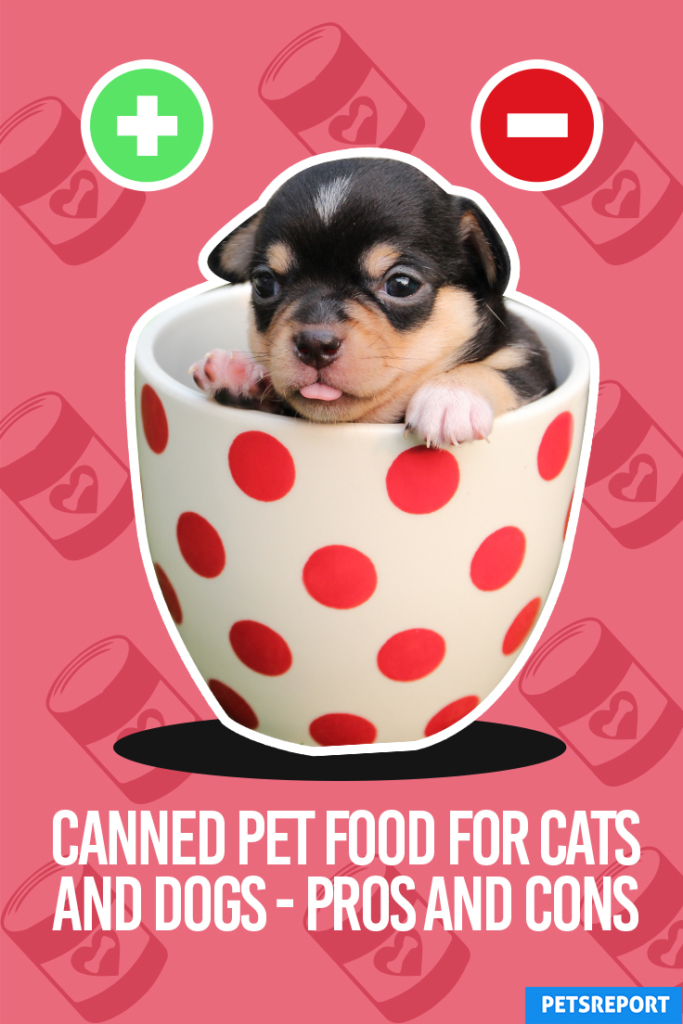
Canned Pet Food for Cats and Dogs – Pros and Cons

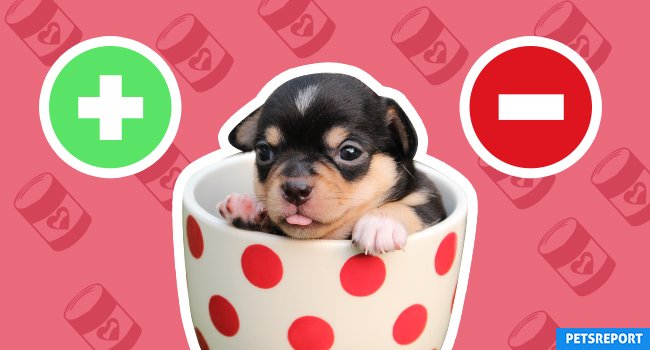
Leave A Comment